Given the cloying, choking blanket of grey coating the Beijing Olympics, it comes as no great surprise that China is en route to becoming the world's biggest car market.
Well within the next decade, China should also overtake the US as the world's biggest maker of cars.
It already manufactures more car components than any other nation, and the first Chinese cars to reach Australia will go on sale on November 1.
The coming of the Chinese presages a seismic shock to the Australian new car market, of the sort not felt since the arrival of Korean cars in the 1980s.
This push is aimed at the market's biggest growth segments. A new, well-equipped Chinese small car will cost about $12,000 and a compact SUV as little as $18,000 — or even less.
Ateco Automotive — best known for importing Italian marques from Ferrari to Fiat — will this week announce details of a far humbler vehicle than the members of that prestigious, heritage-rich stable.
The functionally named SA230 is a no-nonsense, twin-cab utility made by the altogether more evocatively titled Great Wall Motors (GWM).
As the vehicle is known at home by the rather Chinglish model name Sailor, a less flowery moniker was deemed wise.
GWM's ute for budget-conscious tradies will be followed by the Peri small car and the Hover compact SUV.
The other half of the Sino-Ateco pincer movement is formed by the Chery company, whose budget wares, including the QQ3 small car and the Tiggo compact SUV, arrive next year.
The tiny QQ3 has been on sale in South Africa since May, priced at less than $A11,600.
Although ultra-cheap, it will be above the sub-$10,000 mark forecast by some more hysterical — not to say tacitly xenophobic — commentators who have sought to present the introduction of Chinese-made cars as a kind of automotive yellow peril that threatens our very way of life.
This episode can more reasonably be seen as a delayed sequel to the early 1990s, when Hyundai priced its drive-away-then-throw-away Excel at $13,990 with a five-year warranty.
“Strategically, I'm certain that China is the next major source of value-for-money products,” says Ateco managing director Ric Hull, who was previously in charge of the company's imports of Korean brand Kia.
“China seems to be the future for everything. Even so, the approach will be gradual.
“We're going to launch Great Wall with one product and, if everything goes perfectly to plan, we'll be selling some hundreds a month.
“That's minuscule in the overall market. It will take years to earn a market share that affects anyone else.”
But, if the strategy is initially more that of an incursion than an invasion, there's little doubt Ateco will achieve five-figure sales of its cheap and cheerful GWMs and Cherys sooner rather than later.
Ateco boss Neville Crichton has been outspoken in his belief that Chinese cars are the next massive thing.
The formidable New Zealand-born millionaire car salesman — perhaps best known as the owner and successful skipper of the maxi yacht Alfa Romeo — is no more known for backing losers than he is for suffering fools.
So the derisive laughter with which adherents of the status quo greeted Ateco's announcement is beginning to sound hollow. And not a little desperate.
Hyundai shook local car-makers to the core by turning out a functional new car for less than half the price of a Commodore or a Falcon.
Now the ramparts formed by tariffs and multi-billion-dollar government assistance, which Holden and Ford have complacently sheltered behind, have almost crumbled.
Among the recommendations in the Federal Government's review of Australia's car industry, which was handed down on Friday, tariffs on imported cars will be reduced to five per cent by 2010. Industry Minister Senator Kim Carr said pointedly that “the industry needs to continue embracing global competition”.
In other words, if Australian manufacturers wish to survive, they should expect to do so without the help of taxpayers who long ago lost interest in the big family cars Holden and Ford continue to churn out.
These cars rely on fleet and government sales to the tune of more than 75 per cent — and even that source is drying up.
According to used-car dealers, a Commodore or Falcon bought new today will retain less than half its value — some $16,000 — after three years' ownership.
That's hardly an attractive proposition for the private buyer, especially given the high fuel consumption of this type of car.
Australians have never been so burdened by choice: the 50 car brands on sale here come from more than 20 countries.
Indeed, in April this year, cars built in Thailand outsold those made locally.
In a sense, the Chinese are already here in the form of SsangYong, a Korean car-maker 59 per cent owned by Shanghai Automotive Industries, one of the wealthiest manufacturers in China.
“China is hardly a backward, Third World industry,” Ric Hull says. “It makes about 10 million vehicles a year.”
But the salient concern remains that the vast majority of these vehicles are simply not of First World standard.
In 2005, the Chinese Landwind 4WD earned no stars out of five in independent German testing, as did the unfortunately branded Brilliance BS6.
Blood-curdling vision of patently poorly built Chinese cars can be seen on YouTube (enter “Chinese car crash tests”), but so can respectable efforts by more recent models.
Nicholas Clarke, of the Australian New Car Assessment Program (ANCAP), which conducts independent crash tests of vehicles on sale here, says test results of the first GWM will be available in November.
Chery was to have been Ateco's first Chinese offering, but for the decision to await a new model range from which superior test results are expected.
Still, the spectre of safety hasn't dissuaded as many as 1000 buyers a month from Holden's Barina, which achieved only two stars — the least of any new car on sale here.
Although the Barina is a rebadged, eight-year-old Daewoo Kalos — described by The Sunday Telegraph's Carsguide as “genuinely appalling” — buyers don't see beyond the price tag.
Alex Bombaci, of the pricing authority Redbook, says Australians just won't buy base-model or poverty-pack cars.
“That's been proved again and again. It's going to take anyone a long time to establish a presence,” Bombaci says.
Predictably, Ric Hull is ready for this. “The state of sophistication of the vehicles that will be coming in from China bears no relationship to the state of sophistication of those that came in from Korea,” he says.
“We'll be around Korean pricing, but we'll have a better specification level.
“The Chinese may be largely substitutes for used cars, so will create a market in that sense.
“The interesting possibility is that the Koreans will no longer be the cheapest cars on the market. What are they going to do with that new-found status?
“It was the Koreans who enabled the Japanese to push themselves up in the market.
“I wonder if the Chinese will do for the Koreans what the Koreans did for the Japanese?”
Impact of imports
Price: $16,000 (est.) Due November 1
Rivals: Ssangyong Sports DualCab $28,990
Toyota HiLux SR 4X2 XTRA CAB $28,470
GWM HOVER
Price: $20,000 (est.) Due TBA
Rivals: Kia Sportage $24,990
Hyundai Tucson: $24,990
CHERY QQ3
Price: $12,000 (est.) Due 2009
Rivals: Holden Barina $13,690
Hyundai Getz $13,990
Kia Rio $14,990
CHERY TIGGO
Price: $18,000 (est.) Due: 2009/2010
Rivals: Suzuki SX4 $19,990


.jpg)







.jpg)








.jpg)
.jpg)
.jpg)
.jpg)
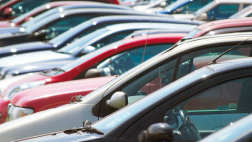
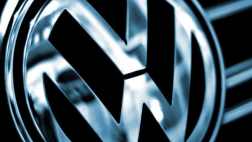
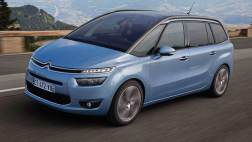
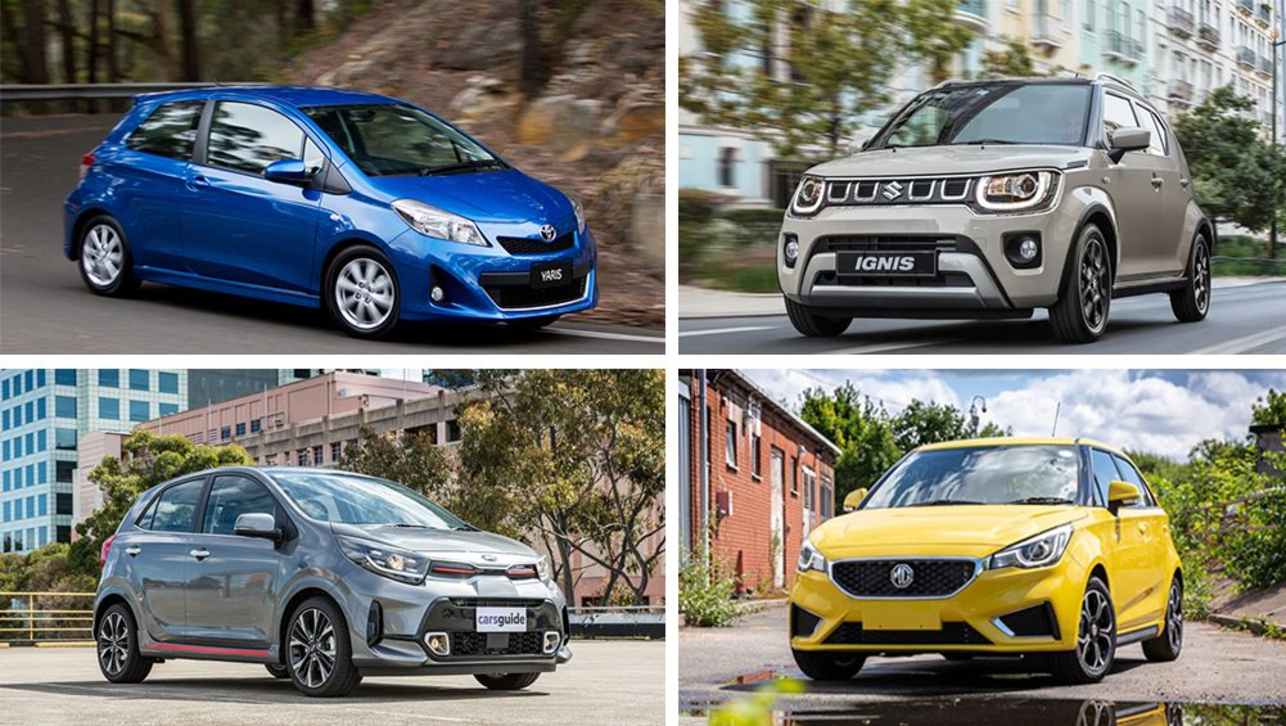

.jpg)
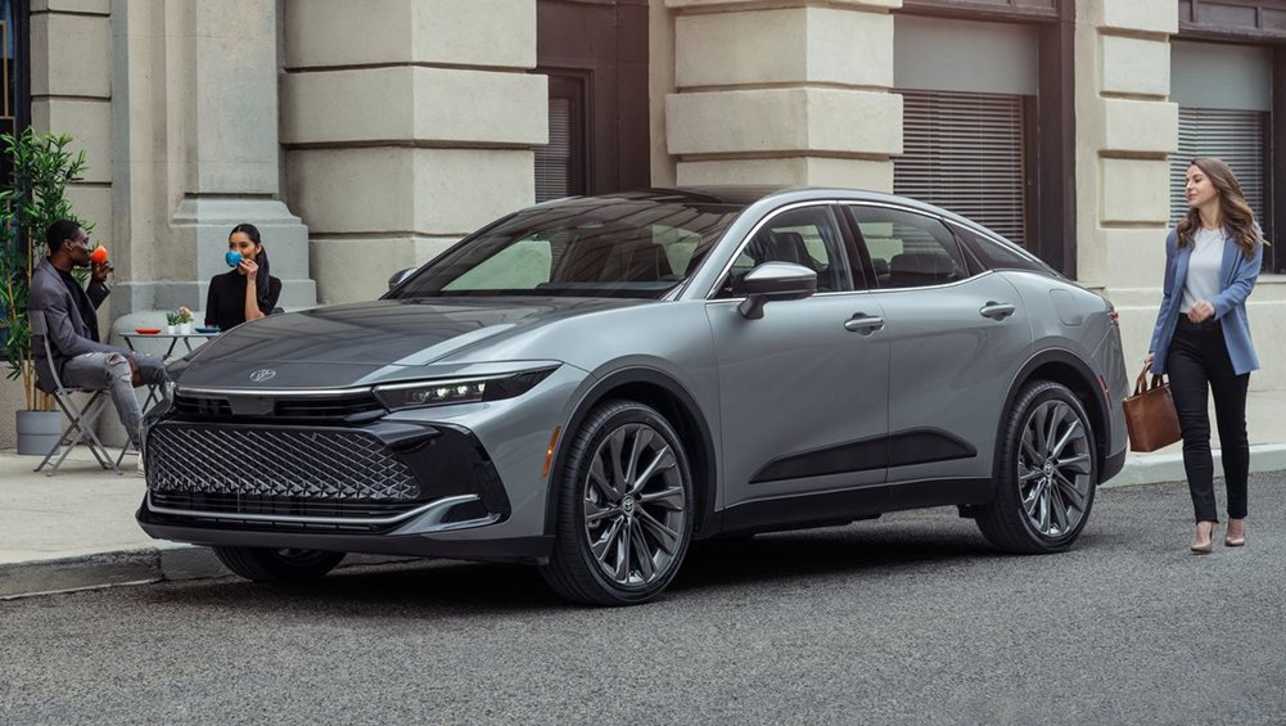
_0_0.jpg)


.jpg)

Comments